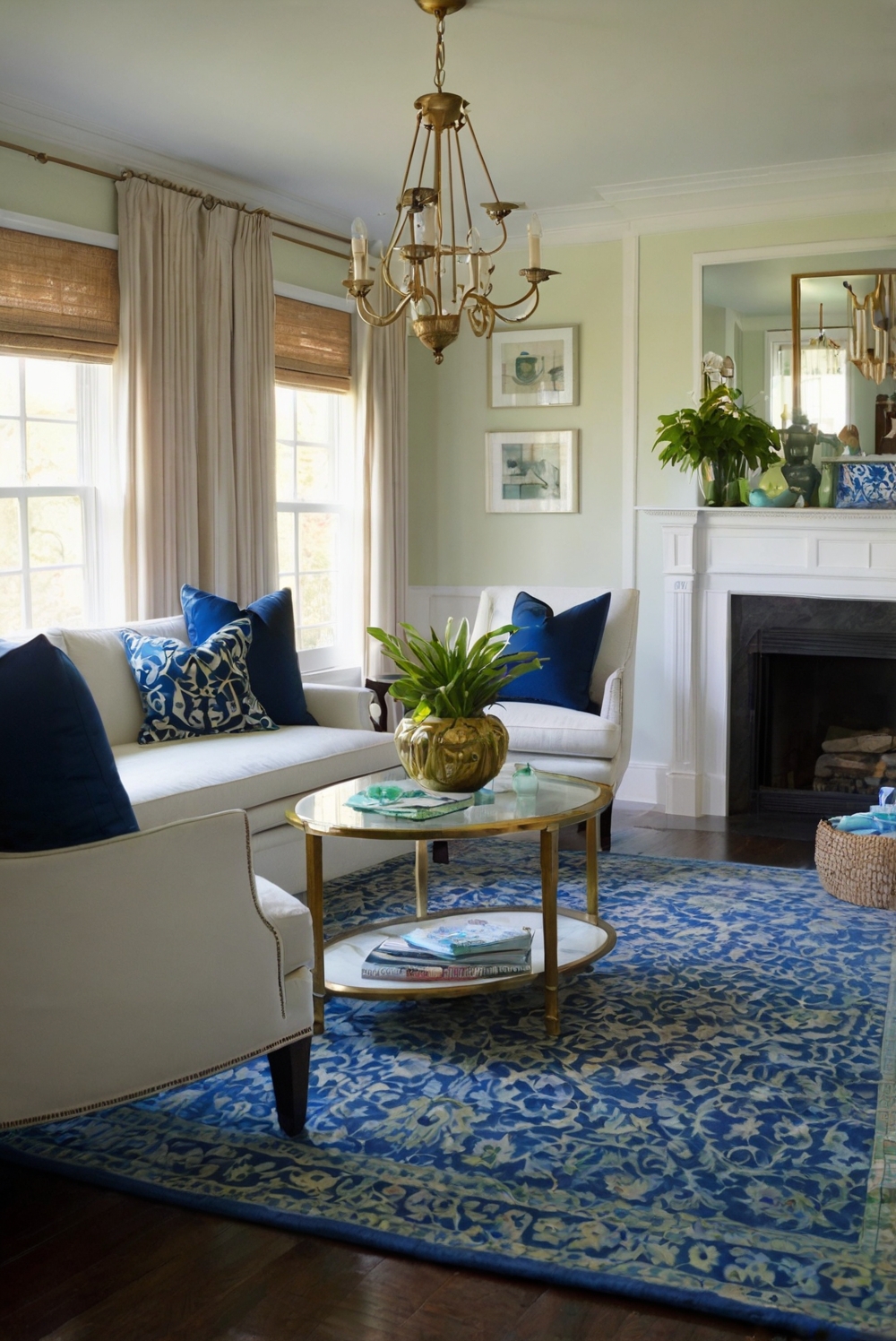Are you struggling with rug placement in your space? Discover the key factors to consider for optimal functionality. Explore daily routines to enhance your interior design skills!
How should you choose the placement of a rug for functionality?
To choose the placement of a rug for functionality, consider the following tips:
1. Determine the purpose of the rug (whether it is for comfort, defining a space, or adding color).
2. Ensure the rug is large enough to cover the key furniture in the room.
3. Leave a gap of 18-24 inches between the edges of the rug and the walls.
4. Use rug anchors or rug tape to prevent slipping and tripping hazards.
5. In high-traffic areas, opt for durable materials like wool or synthetic fibers.
6. Consider the color scheme and pattern of the rug to enhance the overall design.
Consider the Size of the Room:
When choosing the placement of a rug for functionality, one of the most important factors to consider is the size of the room. The rug should be large enough to anchor the space and create a cohesive look. In a living room, for example, the rug should be large enough for all the furniture to sit on it, or at least the front legs of the furniture should be on the rug. This helps to define the seating area and creates a sense of unity in the room.
Think About Traffic Flow:
Another crucial aspect to consider when placing a rug is the traffic flow in the room. For high-traffic areas like hallways or entryways, it’s essential to choose a rug that can withstand frequent foot traffic without showing signs of wear and tear quickly. Placing a durable rug in these areas can help protect your floors and keep the space looking fresh and inviting.
Consider the Function of the Room:
The function of the room should also play a significant role in determining the placement of a rug. For example, in a bedroom, a rug placed under the bed can create a cozy and comfortable atmosphere. In a dining room, a rug under the dining table can help define the space and absorb sound, making the room feel more intimate. Consider how the room will be used and choose a rug placement that enhances the functionality of the space.
Choose a Rug Size That Fits the Space:
When selecting a rug for a room, it’s essential to choose a size that fits the space properly. A rug that is too small can make the room feel disjointed and cluttered, while a rug that is too large can overwhelm the space. Measure the area where you plan to place the rug and choose a size that complements the room’s dimensions.
Layer Rugs for Added Visual Interest:
For a more dynamic and visually interesting look, consider layering rugs in a room. Layering rugs can add depth and texture to the space and create a unique focal point. You can layer a smaller rug on top of a larger one to create contrast or combine rugs of different textures and patterns for a more eclectic look. Experiment with different rug combinations to find a style that suits your space.
In conclusion, choosing the placement of a rug for functionality involves considering factors such as the size of the room, traffic flow, and the room’s function. By selecting a rug size that fits the space, thinking about how traffic flows through the room, and considering the room’s purpose, you can create a cohesive and functional design. Additionally, layering rugs can add visual interest and texture to a room, enhancing its overall aesthetic. By following these guidelines, you can choose the perfect rug placement that not only looks great but also serves a practical purpose in your home.

